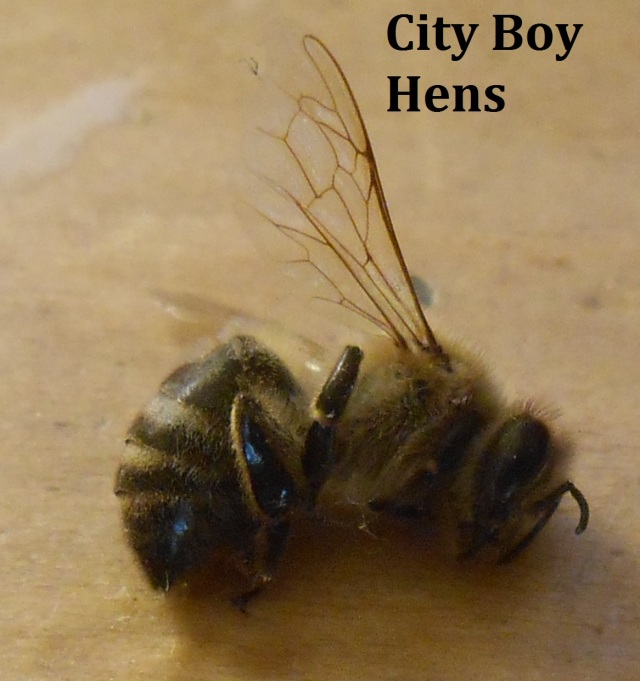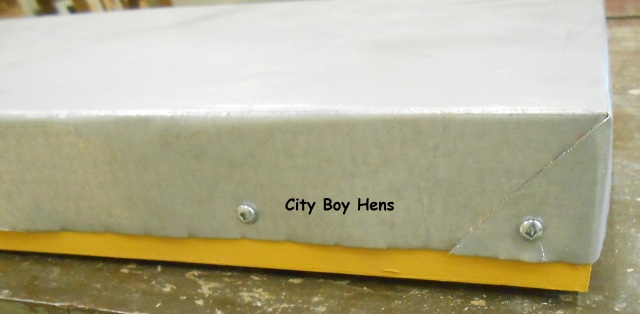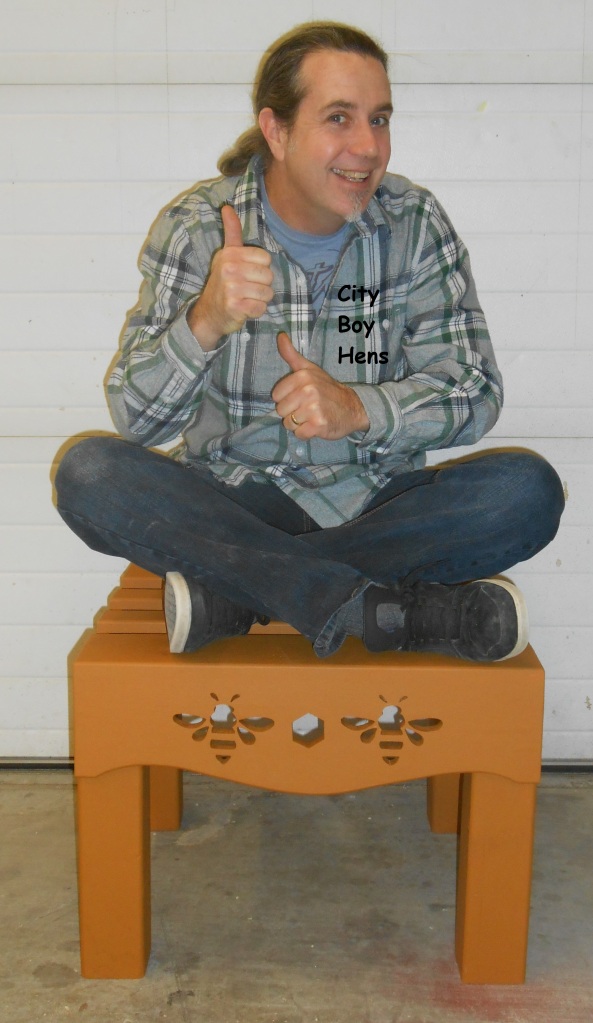It’s hard to believe……..well…..maybe not too hard to believe.
Let me start again.
It’s not hard to believe that this tiny little honey bee…..yep…….the exact one in the photo……..could COMPLETELY turn our home upside down. For those of you who want to play along, the key words in the previous sentence are honey bee and home. Yep…you guessed it! Somehow……someway…..this particular honey bee got into our home last night and caused quite the kerfuffle. Well…I have to be honest….I actually let her in……… by mistake. It was dark outside, somehow she never made it back to her hive and she became attracted to the light inside our home. I thought I shooed her away from the sliding glass door, but……….. I guess……. I didn’t.
Well, ……….I knew I didn’t when I saw the cat (it’s kinda’ in between a kitten and a cat) go from a dead sleep on the couch to a stealth predator in 1.6 seconds. All of a sudden, there’s a bee swirling around in a lampshade and our cat (Marty) pouncing on the lamp shade. Dutiful Son, no longer transfixed by whatever he was viewing on his laptop, spouts off that the cat’s gonna’ get stung. Before I could grab the cat, the honey bee exited the lamp shade, headed over to the bright computer screen and ………..WHAMMOO. Marty successfully captured the honey bee in his…………..mouth. Before I knew it, the cat let out a blood-curdling meoooooooooowwwww, shook his head from side to the side, and opened his mouth. Out flew the honey bee and that’s……………………………..when it all went south.
“He’s stung….He’s stung!” cried Dutiful Son.
“Who’s stung?” shrieked Beloved Wife.
“The cat!” yelled Dutiful Son.
“My cat?????????????” cried Beloved Wife.
Now…………you have to know my wife to understand her affection towards this cat. She’s not one of those “crazy cat ladies”, but she does register somewhere in the general vicinity. Needless to say, she loves this cat. I mean…REALLY LOVES HIM! I hear her talkin’ to him throughout the day, pampering him with treats and toys and generally……….just doting on him when he’s not sleeping those other 22 hours in a day. It kinda’ reminds me of the way she was when are kids were small.
“Oh my God……..Oh my God…..what do we do??????????????????? she cried.
And…..before you knew it……Dutiful Son was tapping on that damn lap top keyboard………..pushing the panic meter towards the “red zone”.
“Dad………you gotta’ check his tongue. You gotta’ check if the stinger is in there. You gotta’ see if his tongue is swelled and turning blue”.
” I’m not stikkin’ my fingers in there! I said. Look at him. Look at those eyes and those turned back ears. Can’t you see how cheesed he is right now?”
“Oh my God……….Oh my God! Can he breath? Can he breath? screamed Beloved Wife. “Who knows CPR? Is the side of his face getting bigger? Oh my God…I think it is getting bigger!”………………..
And before you knew it……….everything was COMPLETELY out of control.
As it turned out…..calmer heads did prevail and I successfully managed to push the panic meter back from the red zone. Marty’s face didn’t get any bigger and he resumed his usual Marty self in a short period of time. All in all…the night ended on a positive note. Marty learned that a honey bee may not be the wisest choice for a late night snack. Dutiful son hopefully learnt that his helpful information really just helped his mom reach a new “personal best” in the panic department and I………..well I didn’t have to try and perform CPR on a cat.
Hopefully, tomorrow night we’ll return to our “norm” and Marty will be curled up on the couch between Beloved Wife and myself as we watch the Blue Jays try to win another baseball game! And hopefully, just hopefully,…..every honey bee will decide to find their way back to the hive!







































































